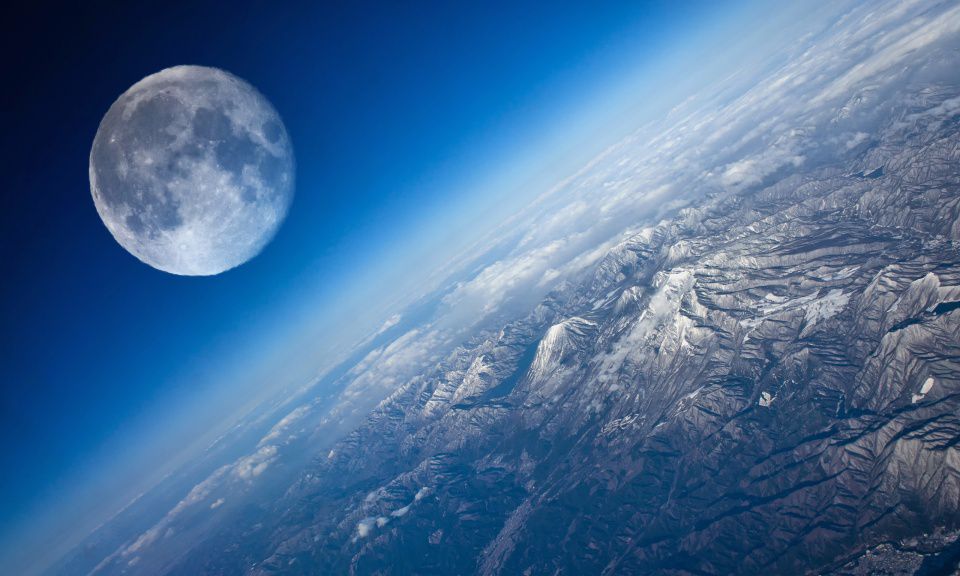
It's so powerful that it's believed to be altering rainfall patterns.
In a recent study, scientists discovered that the various phases of the moon determine the amount of rainfall, according to a report published in The Economic Times. When the moon is at its crest, a phenomenon of atmospheric bulges are created controlling the amount of rainfall, although only a slight difference in precipitation between the phases.
A University of Washington doctoral student, Tsubasa Kohyama, believes that this is the first significant account supporting the moon’s affect on the tidal force. This evidence follows an earlier study where scientists utilized a global grid of data affirming that air pressure shifts with the moon’s phases.
“When the Moon is overhead or underfoot, the air pressure is higher,” Kohyama said. The moon’s gravity on the earth has more impact at steeper heights, which causes the Earth’s atmosphere to bend towards it, creating a vacuum of intense pressure. And the increased pressure raises the air temperature below, as more moisture is retained. “It’s like the container becomes larger at higher pressure,” Kohyama said. And, of course, the lower the humidity, the less influence on precipitation.
“It’s like the container becomes larger at higher pressure,” he added in a statement, noting that the differences are so slight that “No one should carry an umbrella just because the moon is rising.”
Previous data was sourced from NASA and the Japan Aerospace Exploration Agency’s Tropical Rainfall Measuring Mission satellite from 1998 to 2012. The difference results in only about 1 per cent of accumulated rainfall, a difficult observation to make for the common observer.
This information could also be applied as a model to other climates to determine how the Moon’s physics affects expected rainfall measures.

Leave a Reply